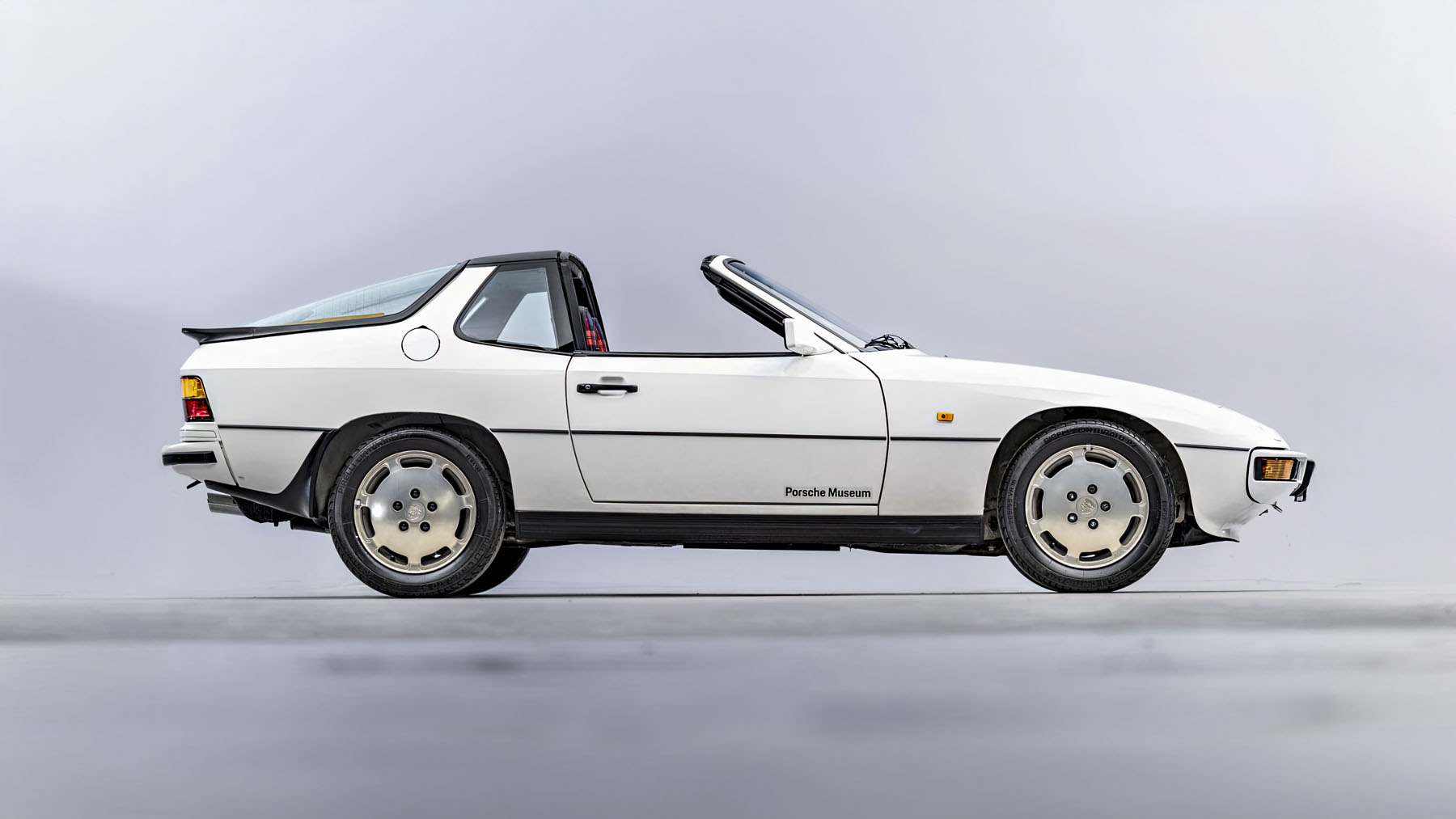The invention of the Targa body style and the introduction of the turbocharger for production cars are two key moments in the history of Porsche. Yet a combination of the two only came about in the G-Series 911 Turbo Targa – there was never a Targa version of the transaxle model series cars (the 924, 928, 944, and 968). Or was there?
From the perspective of Porsche, it all made sense: the Targa version of the four-cylinder 912 had sold well, and its successor, the 914, an entry-level Porsche, had been designed as a Targa from the outset. So, a Targa version of the new 924 entry-level model seemed to be the next logical step. Development of the 924 Targa began in 1977, a time when its popular role model, the 911 Targa, had already been on the market since 1966. At the same time, the development of the Turbo version of the four-cylinder transaxle model entered its final phase. With the start of the 1979 model year, the 170 PS, 225 km/h 924 Turbo helped close the large gap between the base model of the 125 PS 924 and the 180 PS 911 SC. It thereby maintained a respectful distance to the 911 while at the same time catering to those customers who liked the idea of the transaxle concept but did not want to buy an expensive 928 with its 240 PS 4.5-litre V8.
No Subscription? You’re missing out
Get immediate ad-free access to all our premium content.
Get Started



